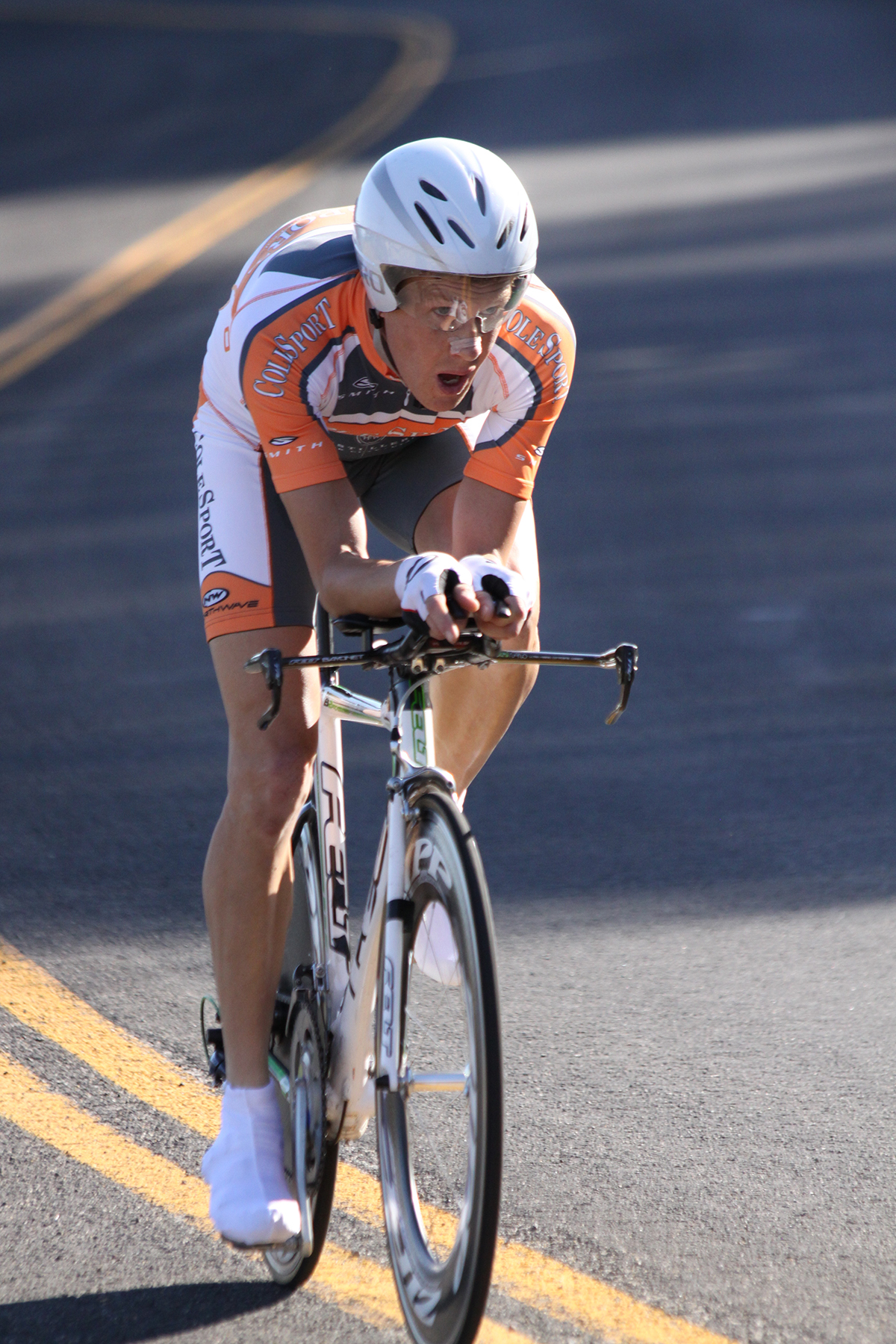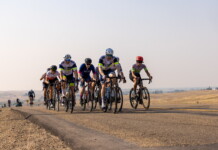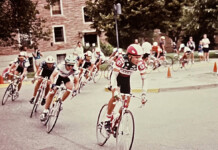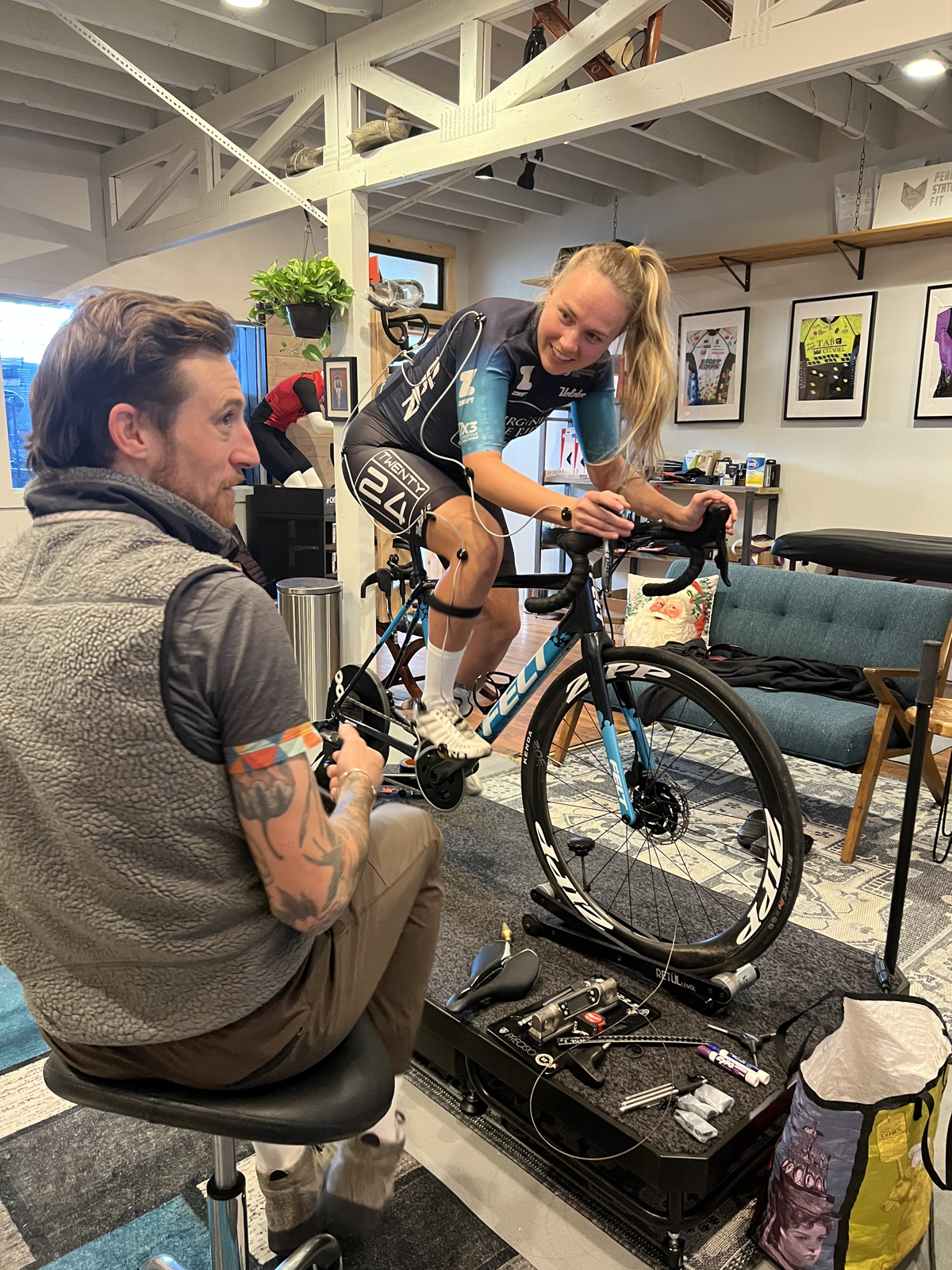By Peaks Coach Sam Krieg
At our Peaks Coaching power summit last month in Bedford VA, my riding life came full circle. Many years earlier, I visited the same place thinking I knew everything there was to know about training and racing. It has taken many years and countless experiences to confront my hubris and realize how little I really know. I used to think it was all about wattage but, as I’ve grown in this sport, I’ve slowly digested the fact that, while power is key, it doesn’t guarantee success on race day. Bike racing is just too dynamic to be dominated only by big watts and a gigantic set of lungs.
At the coaching summit I remember coach Tim Cusick talking about “the thousand intangible things” that we consciously and unconsciously subscribe to in our coaching and in our lives that make us successful. I remember almost screaming bingo; that’s it! “One thousand Intangible things.” That was the answer I was looking for to describe success on race day. The more you race, pay attention, and surround yourself with successful racers, the quicker you can learn these 1000 things. I often call it “AUTOPILOT.” It is when you have the skill so mastered that you don’t have to think… you just execute. It’s like learning how to ride a bike. It takes 100’s of attempts to keep the bike upright and stable. After a few weeks or months, this task becomes mundane and you begin to push your luck and limits and try to ride with no hands, no feet, and eventually with neither. The once relatively complicated skill of just keeping the bike upright gets mastered and we are able move on and become more proficient at riding a bike. Bike racing is just another extension of our original goal of just learning to ride. Racing is a bit more difficult than just riding with no hands, and winning races takes mastering an infinite number of tiny skills. It is these small intangible things I learned that started making the biggest difference in my race results.

The tangibles in our training and racing are the easy ones to wrap our heads around. Training plans and using power effectively for feedback are the backbones and foundation of being a successful bike racer. I remember Hunter repeating a quote from one of his athletes who said, “If we can’t measure it we can’t improve it.” This is so true. This is why we train and race with a power-meter. I call these the “tangibles” because we are conscious of them at all time and, in fact, bike racers talk about them all the time. What is your 20-minute power or FTP? What is your watt to kilo? However, using only power as the sole metric of success sometimes leads us to forget about all of the other details involved in being a great bike racer. These other details are the intangibles. The intangibles are the skills that help us dominate and eventually win bike races. The intangibles can be learned and mastered, but the only metric we have to define these intangible things are race results and hopefully the 3 steps on the podium. The racers you see winning regularly have more than just incredible watts to kilo; they have mastered hundreds and possibly thousands of skills, which enable them to cross the finish line in front of you.
These intangibles are a little harder to pinpoint. They are not easy to teach and sometimes very painful to learn. They come from our experiences like surviving epic races, getting painfully dropped, being off the front, finishing demanding training sessions, surviving hard group rides, going to local time trials, having conversations with your coach–all of these are great opportunities to learn and experience these elusive things. So pay close attention during every training ride or race; there is always something to being taught you just have to observe and learn it.
Recently, at the 2011 Mount Hood Cycling Classic, these thousand little things became very clear to me. I was racing some of the stronger Masters in the country and suffering accordingly. I noticed my brain running at 5000rpms during the race. It was calculating everything. It was keeping me safe, and keeping me aware of everything from the most basic skill of maneuvering my front wheel out of trouble to conducting a cost benefit analysis of the energy I was using so I was only spending my valuable wattage when it was absolutely necessary. Again, this sounds so simple, but we all know that racing is dynamic and it is almost impossible to do everything perfectly. I have lost a ton of stage races in dozens of different ways. My brain was trying to keep me from making those same mistakes, whether basic or complicated, again. There were constant voices in my head screaming advice. I want to share a few of them that I believe helped me find the podium.
- The first one is so simple, but almost impossible to master.
“Be patient, wait until everyone is tired before you attack” (Hunter Allen aka Yoda)
On the first stage, I was antsy. I was ready to show everyone my BIG GUNS (because if you’ve ever seen me in my jersey, you know I have them). We started off…horses out of the gate…ready to rumble. But, something kept running through my head…a voice of reason…saying “Sam, be patient, don’t attack until everyone has load in their legs.” My legs felt stellar…. I was hopped to the limit on espresso and I could hardly contain myself. I responded to this mysterious voice, “Yoda…how will I know when everyone is tired” Yoda’s response was clear as a bell, “1500 kilo joules minimum… and then you can attack!” And so I was patient…patient…patient…until I felt the momentum shift (at about 1500 kjs) the pace lulled, the impending doom of the climb hovered, I swear I saw a door open and I just stood up and attacked. I had a huge gap before I had even looked back…. I was calm and backed off for 1 minute to make sure they were not motivated to chase…I looked back and noticed they had slowed down again… I grabbed the throttle and pinned it for 30 minutes at threshold…. I was solo for 50 K…I could almost taste the yellow jersey and with only 3K to the finish I was caught. I didn’t panic; I knew I could stay in and get the same time…perfectly situated for an upcoming jersey with a sunny disposition. While I didn’t win this stage, I used this piece of advice during almost every race. It isn’t as simple as just being patient and waiting for 1500 Kj’s of work before you attack, but this incredible piece of advice mixed with about 100 other calculations about your competitors, the wind direction, terrain, group dynamics, and a few other variables can be the difference between a successful attack and just wasted energy.
2. “Unroll like a large ROLL of carpet…in a Time Trial”
( I don’t remember the actual source of this information, but I am sure it was a rider with a jersey full of national champion stripes)
It almost seems too obvious to say, “Start easy in a time trial.” But the next time you’re at a TT, go to the start line and count the number of people who EXPLODE off the line only to start puttering within 5 minutes. During the TT at Hood, I witnessed many riders in front of me going off the line as if they were being shot out of a cannon. I kept thinking to myself “do they really think they can roll at 500 watts for the next 20+ minutes?” When it was my turn to roll off the start ramp, I eased into my effort. I could feel the slight tailwind and, with a very small amount of force, I began my 20 plus minute journey no different from any other successful 20-minute test that I’ve done over the last 10 years…with respect for the effort. Like pouring a glass of fine wine, I uncorked, sniffed, gently swirled, and then, and only then, began to guzzle with fury. After the first few kilometers, time trialing is very simple. You ask yourself “can I go harder?” and, depending on the answer, respond accordingly. You hope the answer is “YES” and often it will be if you haven’t blown yourself up in the first 2k of the race. If you unroll like a carpet you will build up momentum during the entire time trial and finish on absolute fumes, but you will be flying. Time trialing is an amazingly simple task that requires incredible self-regulation to not mess it up.
3. “First you attack, and then you attack your own fricking attack, and if that doesn‘t work you attack again.”
(Kent Bostick, a man with so many striped jerseys he probably uses them for wallpaper.)
Again, this sounds so easy, but it hurts so much more than you could ever imagine. Attacking your own attack is like eating a Habanero chili instead of a gu in the middle of a race…or hitting your thumb with a hammer on accident and then, immediately, doing it again intentionally. Attacking your own attack is something that is so unpleasant it sounds repulsive (and, actually is repulsive in the moment). It is your ticket to ultimate glory or ultimate failure. It is the only way to honestly force your way off the front of a competent and fit field. So, how did this happen for me? Halfway up the second climb, I was totally on the rivet, and well into the red zone; I was having emotions and thoughts that should not be shared. I felt myself drifting backwards and only a few pedal strokes away from calling it a day. As I was drifting backwards and having these super negative thoughts, a light came on and I remembered this quote from Kent Bostick. I realized that if it was this ugly for me, it was probably this ugly for almost everyone around me; I had nothing to lose. The grade of the road changed to about 10-12%, I felt the momentum shift, I lightly attacked only half conscious of what I was doing, immediately another rider attacked, I jumped on his wheel and, a few hundred meters later I came over the top of him one last time, we only had a 5 second gap but it quickly turned into several minutes. It was literally the last bullet in my gun and it worked perfectly.
So when one of my athletes asks the question of how I won last weekend at the 2011 Mt. Hood Classic?…..the answer is 1000 intangible things. Over the last 8 years I have raced my bike hundreds of times and trained for several thousand hours. I have been patient through tons of failure and learned tiny things every time I race or train. All I can recollect for certain is that every experience, good or bad, I have learned literally thousands of intangible things that keep me safe, impact my ability to stay in when I am getting dropped, attack with reasonable precision, pace my time trial appropriately, conserve energy, and exploit my strengths both mentally and physically. I almost race on autopilot. I don’t think about all of these things consciously; I know many of them instinctually. Riding a bike is relatively simple, but racing a bike successfully takes years of patience, great pacing, a few hard punches, and at least 1000 other fantastic but intangible things.
“Perhaps the single most important element in mastering the techniques and tactics of racing is experience. But once you have the fundamentals, acquiring the experience is a matter of time”
-Greg LeMond
Sam Krieg is a Road and CX racer in Idaho. He Coaches for Peaks Coaching Group and focuses on training and racing with a power-meter. You can learn more about him here: http://peakscoachinggroup.com/ASPX/bios/skrieg.aspx












